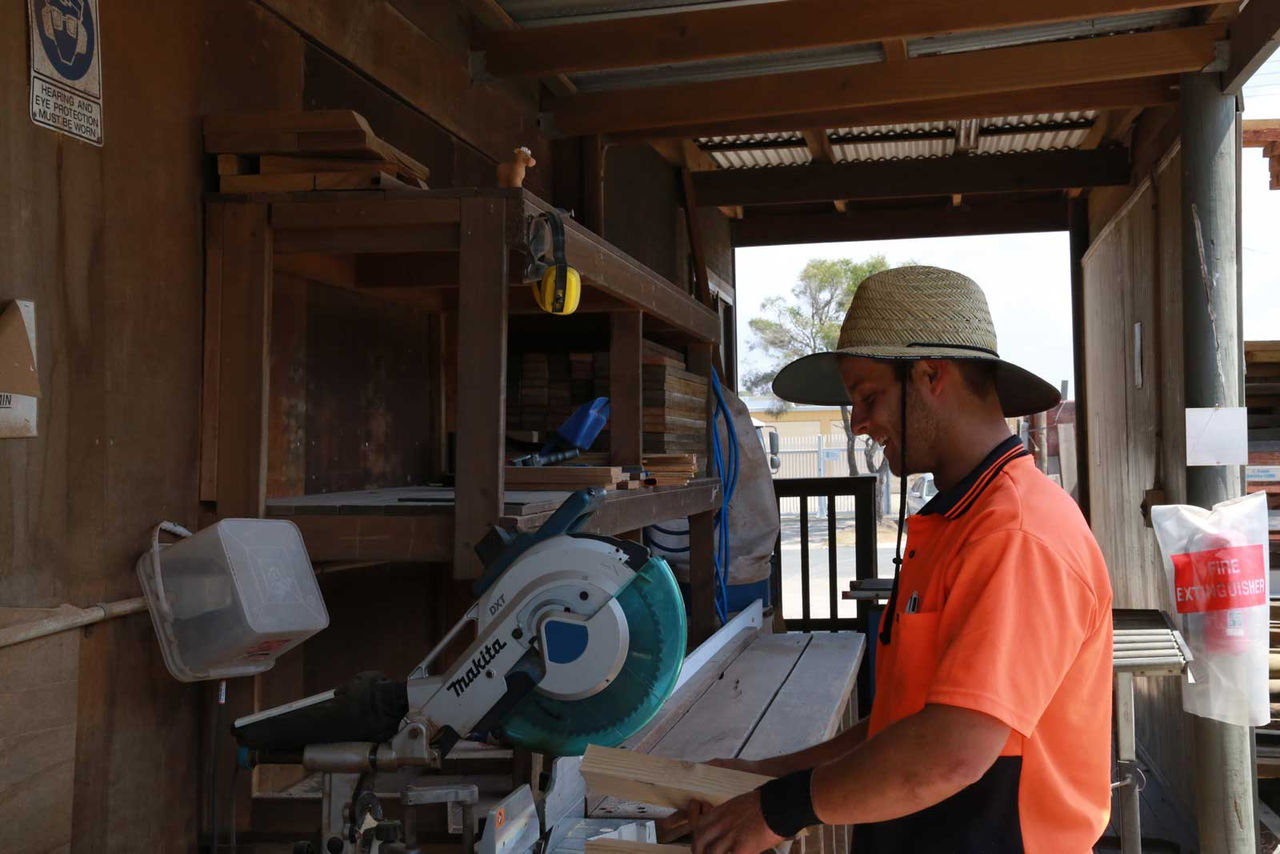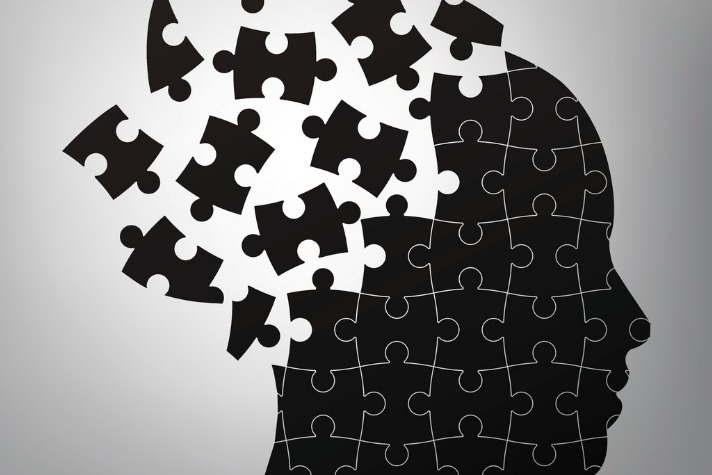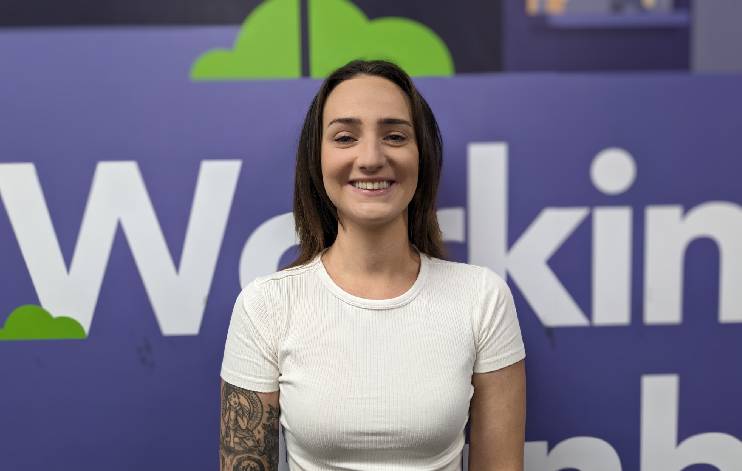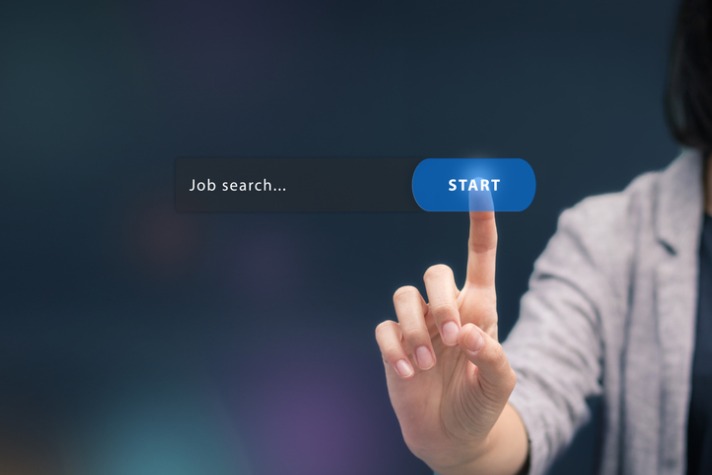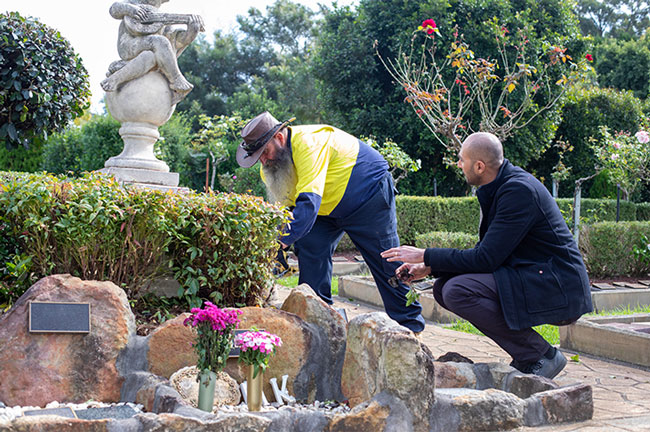Dyslexia, Dyspraxia, Dyscalculia and Dysgraphia
Published by MAXSolutions on January 22, 2025

Dyslexia is reasonably common and you may know someone with dyslexia. But it is less likely that you’ve heard of Dyspraxia, Dyscalculia and Dysgraphia.
These four conditions are diagnosed learning difficulties that can severely impact learning if they are not identified and learning is not adjusted appropriately.
Dyslexia
Dyslexia is a lifelong learning disorder impacting reading and spelling. People with dyslexia learn differently, with experiences varying from mild reading difficulties to severe struggles with written language, spelling, and word recognition. There's no cure, but with appropriate learning support, most can overcome their literacy challenges. Early intervention is crucial, so if you're worried about someone, consider an early assessment.1
Strengths that tend to be common in people diagnosed with dyslexia include2:
- Inquiring mind
- Problem solving
- Comprehending new ideas
- Generating ideas
- Analytic thinking
- Creative thinking
- 3-D construction
- Developing unique strategies
- Seeing the big picture
- Insightful thinking.
Dysgraphia
Dysgraphia is another lifelong neurological disorder that makes writing, spelling and physically handwriting very difficult. Organising letters, numbers, words and sentences can be very challenging, unless supported by specialised learning techniques.1 People with dysgraphia can struggle to write their ideas in a cohesive way.
People with dysgraphia are usually very good at:
- Verbal expression
- Social interaction
- Problem solving
- Story telling
- Maintaining attention of others.
Dyscalculia
Dyscalculia is lifelong neurological disorder where people have difficulty learning numbers, mathematics, quantities and mathematical concepts. It also differs from person to person and can affect people differently at different stages of life. People with dyscalculia might experience difficulties understanding time, cooking from a recipe and they can have trouble processing what they hear, language and visual-spatial recognition.
Strengths of people with dyscalculia can include:
- Perseverance
- Oral communication
- Writing
- Creativity and lateral thinking4.
Dyspraxia
Dyspraxia is also known as Developmental Co-ordination Disorder. People with dyspraxia are often considered clumsy or they bump into things. They may have problems with both gross and fine motor skills. Holding a pencil or fastening a button can be challenging. They might find it difficult to balance, run and jump. With the right support, including from occupational therapists and physiotherapists, a person with dyspraxia can be just as successful as any other worker5.
Strengths associated with dyspraxia include:
- Empathy and leadership
- Strategic thinking
- Creativity
- Determination.
References
1. Full Spectrum Education - The Four D’s: Dyslexia, Dysgraphia, Dyscalculia and Dyspraxia
2. Eide, B.L.; Eide, F.F (2011) The Dyslexic Advantage: Unlocking the Hidden Potential of the Dyslexic Brain, Chicago, ISBN 978-1-84850-641-1.
3. Rollnik-Sadowska, E., & Grabińska, V. (2024). Managing neurodiversity in workplaces: A review and future research agenda for sustainable human resource management. Sustainability, 16(15), 6594. doi:https://doi.org/10.3390/su16156594
4. D'Aunoy, A. (2023). Strengths of dyscalculia: A multiple case study analysis of gifted adults (Order No. 30692919). Available from ProQuest Central. (2892615561). Retrieved from http://ezproxy.slq.qld.gov.au/login?url=https://www.proquest.com/dissertations-theses/strengths-dyscalculia-multiple-case-study/docview/2892615561/se-2
5. Szulc, J. M. (2024). Leading with understanding: Cultivating positive relationships between neurotypical leaders and neurodivergent employees. Employee Relations, 46(9), 97-114. doi:https://doi.org/10.1108/ER-12-2023-0621
Share
Tags
Found this useful?
Help and advice
Our blogs are about helping people seek the information that they need for their steps in the workforce.

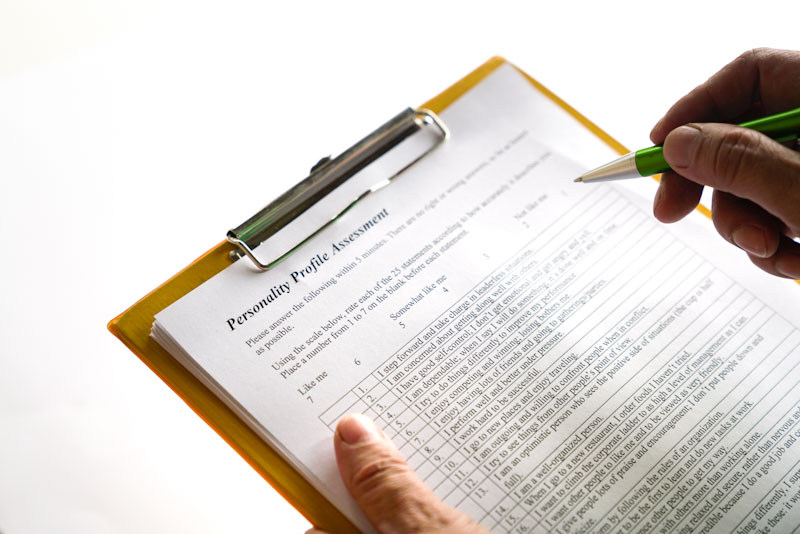


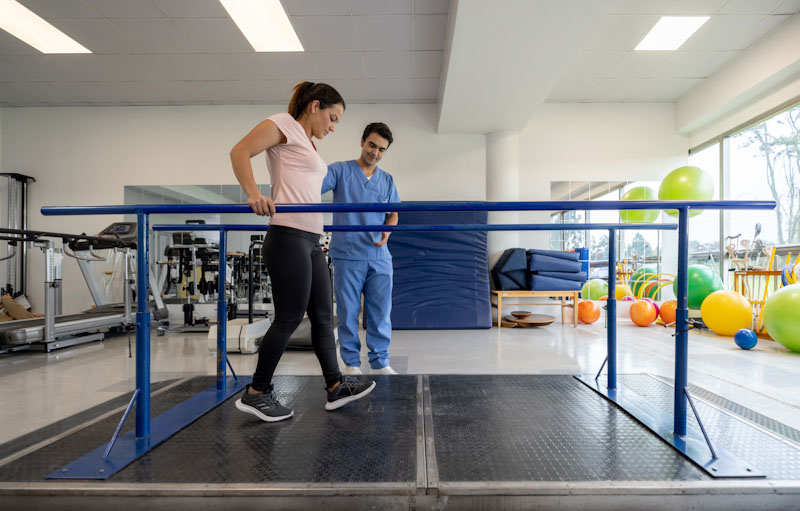



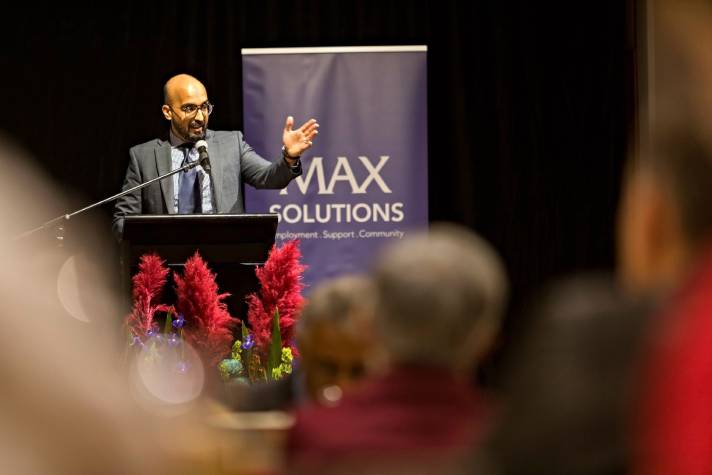





_1.jpg)




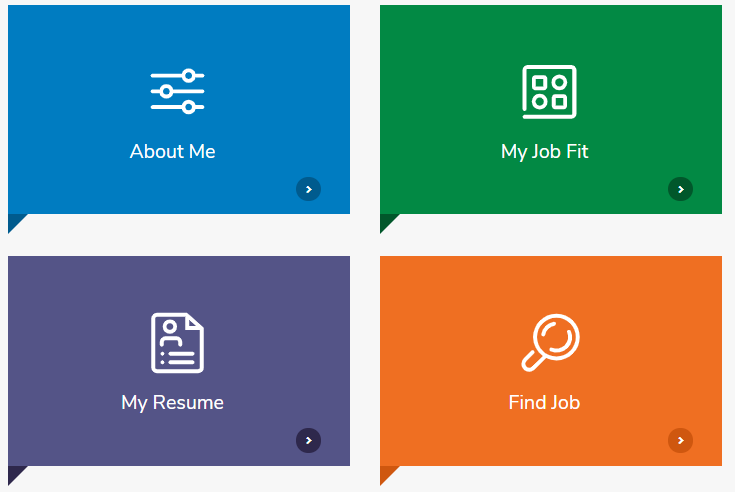

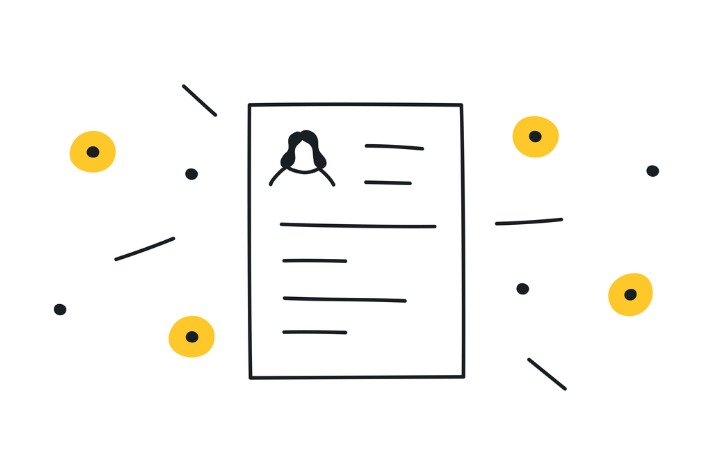








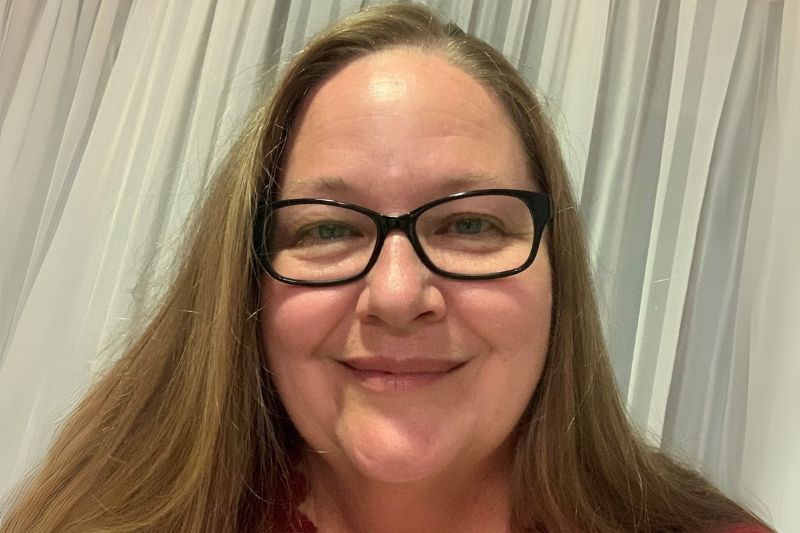













.jpeg)
